Summer reading 2016
3 CommentsBook recommendations for reading this summer
I hope you get time for some summer reading (if we get a summer). I try to read more fiction or biographies of non work related people whilst on holiday, rather than technical manuals.
Here are my Top 5 summer reading books for coaches I have read so far this year (in no particular order):
- You Win In The Locker Room First: Jon Gordon and Mike Smith
- The Female Brain:Louann Brizendine.
- Team of Teams: General Stanley McChrystal
- Top Performance: Zig Ziglar.
- Winners and How They Succeed: Alastair Campbell.
(full list is below).
The Japanese have a word for the pile of books that have yet to be read: Tsundoku. I seem to gather recommendations quicker than I can read (and I read pretty fast). I struggle to keep up with those given me to me for our monthly book club.
I have a list of books to read after attending GAIN last month. It is great to spend time with coaches who read a lot, rather than the “book of the year bandwaggon” (See Bounce, Legacy, Mindset, Grit et al).
Top 5 book recommendations from other coaches
Here are the Top 5 gathered from GAIN, which I have yet to read:
- Just Mercy: Brian Stevenson
- You Haven’t Taught Until They Have Learned: John Wooden’s Teaching Principles and PracticesSwen Nater; Ronald Gallimore
- Physical Education for Children: Bette Logsdon, Kate Barrett
- The Gold Standard: Mike Kryzewski
- Win Forever: Pete Carroll
(There were at least 25, but need to filter that down).
Books I have read so far in 2016
Here is the full list.
-
Hellicona Spring: Brian Aldiss. Classic British SF novel.
- Leading: Alex Ferguson with Michael Moritz. Patchy book from the Manchester United Manager. Some great insights, but poorly written. Epilogue is excellent.
- The Dispossessed: Ursula Le Guin. More classic British SF. Thought provoking novel about benefits of true communist, meritocratic society.
- This Is Your Brain on Sports: R.E.M. Grand & A.D. Goldberg. Largely anecdotal look at sports trauma stress disorder (slumps, yips, etc.). Some practical exercises at the end.
- Anatomy Trains: T.Meyers. In depth look at fascial anatomy. Has many good points, although soft tissue work is outside of my remit.
- Canticle For Leibowitz: Walter Miller. SF novel set in post apocalyptic Earth with heavy Catholic bent. Very interesting and thought provoking.
- The Hungry Spirit: Charles Handy. Thought provoking book from 20 years ago about quest for meaning beyond capitalism. Much of which has come to pass.
- A Void: Georges Perec. Novel without the letter ‘e’. Tortuous in parts, an interesting concept, but hard to read.
- My Story: Louis Smith. Lightweight book with some nice pictures, reveals little about gymnastics or training.
- Culture And Society 1780-1950 : Raymond Williams. An insightful series of essays about different authors and how they have influenced our (British) culture. Extremely well written and informative.
- The Big Gold Dream: Chester Himes. Crime thriller set in Harlem. Punchy, colourful, atmospheric.
- The Uses Of Literacy: Richard Hoggart. In depth look at the Northern Working Class in 1957. What constitutes their culture, background and forms of reading. Thoughts on aspirations and constraints of every day folk.
- You Win In The Locker Room First: Jon Gordon and Mike Smith. Excellent short read about creating the right culture to help you win. Well broken down with good examples from the Atlanta Falcons.
- Hellicona Summer: Brian Aldiss. Sequel SF Novel, more royal drama than SF. Less enjoyable than first.
- Simple Rules: Donald Sull and Kathleen Eisenhardt. Excellent book on decision making, goal setting and doing what matters most. Very well written, clear examples, useful tips, humorous.
- Secrets of Soviet Sports Fitness & Training. Michael Yellis and Richard Trubo. 1988 book which starts every paragraph with variation of “Soviet methods are better..” Poor.
- Pretty Girls in Little Boxes: Joan Ryan. Whistle blowing account of 1990s ice skating and gymnastics in the USA and its affects on the girls involved. Hopefully things have changed since.
- Soul On Ice: Eldridge Cleaver. Powerful, intelligent and very well written series of essays written from within Folsom prison in the 1950s-60s. Cleaver was one of the leading lights behind the Black Panthers.
- The Female Brain:Louann Brizendine. Excellent book about the developing female brain and how it changes with age. Well researched, good examples, funny.
- Hellicona Winter: Brian Aldiss. Concluding part of this SF trilogy. Poignant story about man and relationship with environment and others.
- The Modern Writer and His World: G.S. Fraser. Review of prose, poetry, praise and literary criticism from 1890-1960.
- Judas Unchained: Peter Hamilton. Overlong SF novel, high on action and scope, but low on dialogue or maintaining interest. Bloated in attempt to become “epic”.
- Team of Teams: General Stanley McChrystal. Very interesting book about working in complex, fast moving environments. Uses examples from the Iraq conflict. Must read for people in big organisations.
- Sea Harrier Over the Falklands: Sharkey Ward. Insightful book about the Commanding Officer of 801 Squadron and his combat experiences. Details the bureaucracy and inter-service rivalries even when lives are at stake.
-
Turn This Ship Around: David Marquet. Excellent book about leadership from this USN submarine Captain. Tells the story of how the USS Santa Fe went from worst performing boat to best. Well laid out and written, with clear action points at the end of each chapter.
- CEO Strength Coach:Ron McKeefery. Surprisingly useful read about how to become a strength coach at a US college/ pro team. Quite short, but easy to follow. Useful for undergraduates and those aspiring to become S&C coaches.
- Enemy Coast Ahead: Guy Gibson. Enthralling book by the Dambusters leader. An account of his 174 sorties over enemy territory, culminating in his most famous mission.
- It’s Not About The Coach: Stuart Haden. Great title, but then goes down hill. Self indulgent waffle, badly written with lots of typos and ill constructed sentences.
- Nelson Brittania’s God of War: Andrew Lambert. Interesting biography of the great sailor, leader, diplomat and national hero. Inspiring and insightful.
- The Last Stand: Nathaniel Philbrick. Detailed account of Custer and Sitting Bull. Revealing story of the poor leadership from Custer, Benteen and Reno amongst others. Very well researched.
- Top Performance: Zig Ziglar. Excellent book about developing yourself and others. Written with sales people in mind, but applies well to coaching.
- Why We Get Fat and What To Do About it: Gary Taubes. Light weight read about diet and fat. Interesting look at insulin.
- Frankenstein Unbound: Brian Aldiss. Timeslip SF novel featuring, Shelley, Byron and Frankenstein. Clever and interesting.
- The Energy Bus: Jon Gordon. Interesting, easy to read fable about taking control of your own life.
- The Grapes of Wrath: John Steinbeck. Re read after 25 years. Outstanding novel about the Depression struggles of economic migrants in 1930’s California. Resonates today.
- A Guide to the Good Life: William B. Irvine. Very useful guide to Stoicism in the 21st Century. Applicable, relevant and meaningful.
- Eagles at War: Ben Kane. Historical novel about massacre of 3 Legions by Germanic tribes.
-
The Pressure Principle: Dave Alred. A look at performing under pressure by kicking coach/ psychologist. Some good points, but simplistic.
- Winners and How They Succeed: Alastair Campbell. Excellent book looking at strategy, vision, will to win and managing in a crisis from Blair’s spin doctor. No Campbell fan, but great use of case studies and interviews from many successful people.
- Born to Run: Christopher McDougall. Interesting, but highly anecdotal tale of Long distance running in Mexico.
- 21st Century Guide to Individual Skill Development: Brian McCormick. Excellent short book for players who are looking for ways to improve their game. Well researched, transferable to other sports.
- The Silo Effect: Gillian Tett. Quite academic book about how silos have led to insularity and lack of oversight. Heavy on financial institutions, but also offers insight into Chicago PD, Facebook and the Cleveland Clinic. Interesting, but dry.
Other book recommendations:
If you have read any other worthwhile books, please leave a comment below. It is always great to hear what people have enjoyed, or where they have found a useful insight.
Thanks as always to our Book Club members , Castle Books in Beaumaris, Devon Libraries, Pete Bunning, Chris Brown, Topsy Turner, Andy McCann and Abe books.


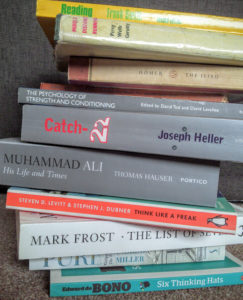
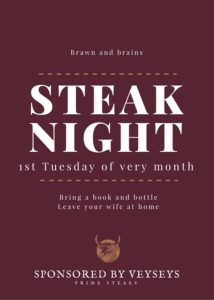
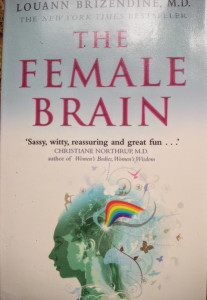
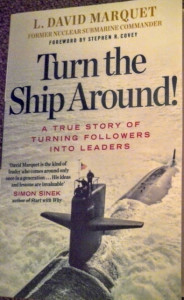
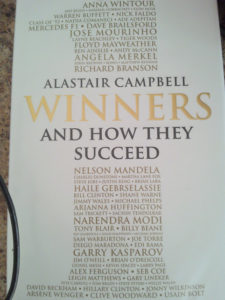
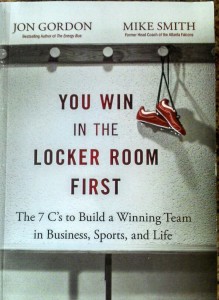
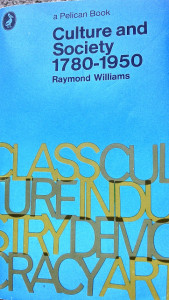
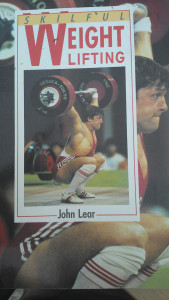
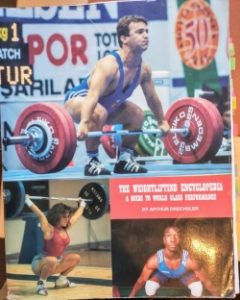
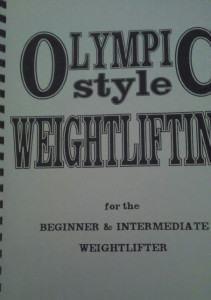
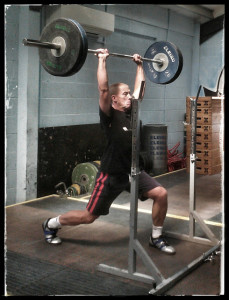
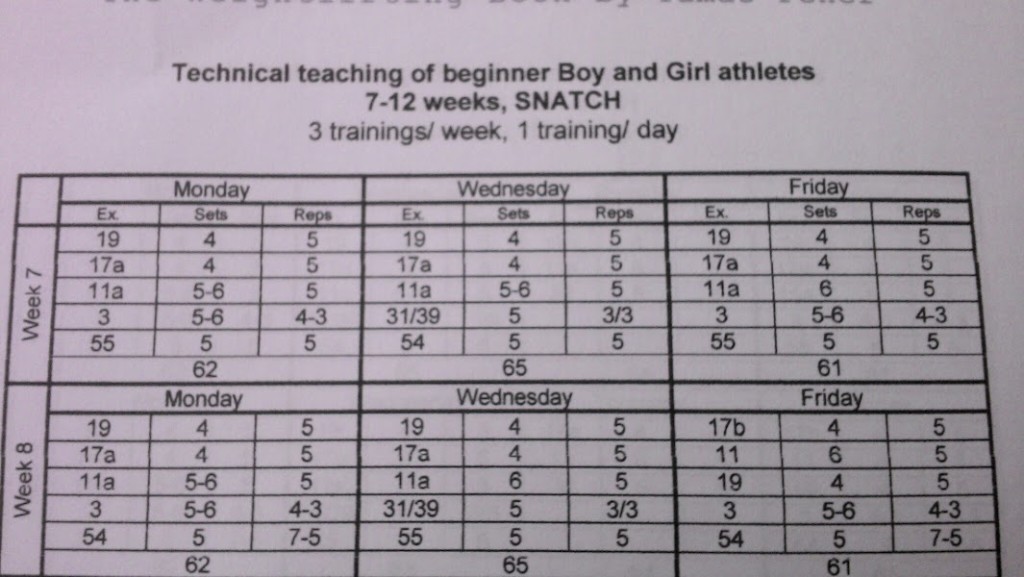
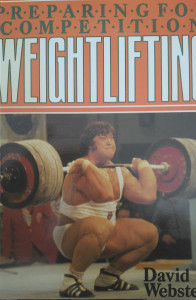
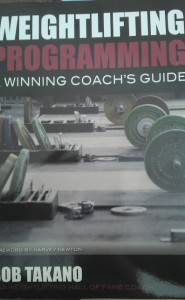
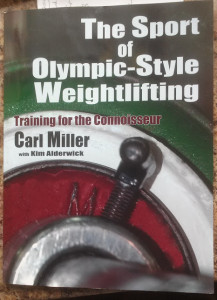
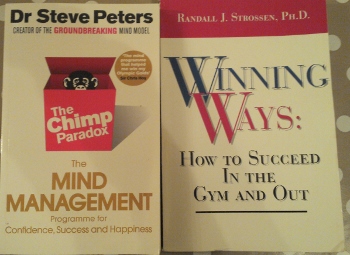 I said that Winning Ways and its predecessor “Stronger Minds, Stronger Bodies” were the best practical sport psychology books I had read.
I said that Winning Ways and its predecessor “Stronger Minds, Stronger Bodies” were the best practical sport psychology books I had read.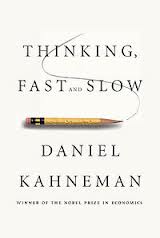 is a common flaw we can all suffer from: our System 1 brain retrieves instant information and makes decisions based on currently activated ideas. Unfortunately it fails to allow for information outside of that.
is a common flaw we can all suffer from: our System 1 brain retrieves instant information and makes decisions based on currently activated ideas. Unfortunately it fails to allow for information outside of that.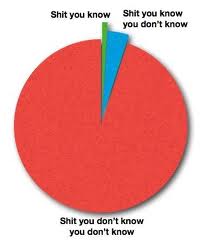 In fact, people who only see one side of the argument (or limited evidence) are much more confident in their decisions than people who have seen all the evidence available.
In fact, people who only see one side of the argument (or limited evidence) are much more confident in their decisions than people who have seen all the evidence available. We also place a lot of faith in data collected from small samples (The
We also place a lot of faith in data collected from small samples (The Luck pays a big part in a lot of events, and Kahneman covers this in a lot of detail.
Luck pays a big part in a lot of events, and Kahneman covers this in a lot of detail.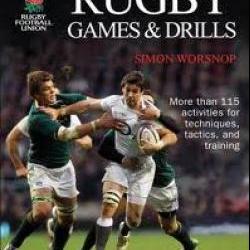 Written by RFU National Academy Fitness Advisor
Written by RFU National Academy Fitness Advisor 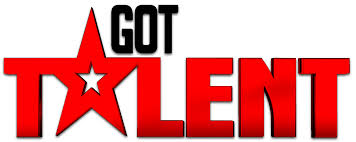 A number of books have appeared recently in the USA and the UK purporting to explain the development of talent and excellence in the sporting and business environments. A common feature of these books is that they are written by journalists,who attempt to deal with complex scientific concepts.
A number of books have appeared recently in the USA and the UK purporting to explain the development of talent and excellence in the sporting and business environments. A common feature of these books is that they are written by journalists,who attempt to deal with complex scientific concepts.